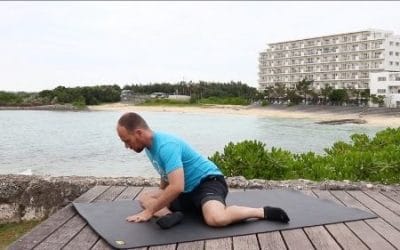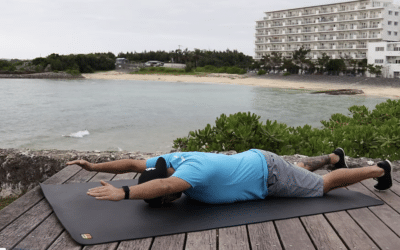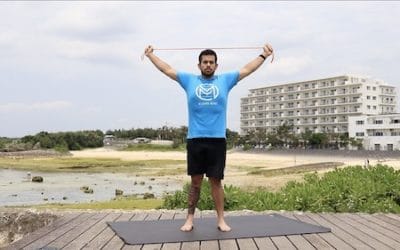Foam Roll Obliques
Foam Roll Obliques
Foam rolling the obliques is an excellent self-myofascial release technique designed to relieve tension, improve mobility, and enhance recovery in the muscles that run along the sides of your torso. By lying on your side and positioning a foam roller under your obliques, you can apply controlled pressure to release tightness and break up adhesions, leading to better flexibility and increased blood flow.
This practice is particularly beneficial for athletes and fitness enthusiasts who engage in rotational sports like golf, tennis, and baseball, where the obliques play a critical role. It’s also useful for anyone experiencing soreness or tightness due to prolonged sitting or repetitive bending and twisting movements.
Incorporating foam rolling for your obliques into your warm-up or cooldown routine is straightforward, and the intensity can be adjusted by changing your body weight pressure on the roller. Regularly including this practice in your regimen will improve rotational mobility, reduce soreness, and promote balanced movement patterns for better core stability and performance.
Equipment Needed:
- Open floor, or yoga mat
- Foam Roller
Instructions for foam rolling your obliques:
- Lie on your side bridging between your hand or elbow and your hips
- Place a foam roller under your abdomen between your ribs and your pelvis
- Arch your body away from the floor, pressing your abdomen against the roller
- Rock back and forth looking for tender spots, it is common to have tender areas in both the front and back of your abdomen
- Focus on any particularly tender areas
- Roll for the prescribed amount of time then switch sides
Common Errors:
- Arching your body away from the floor makes more space between the ribs and pelvis.
- Make sure to relax the muscle being massaged
Progressions / Regressions:
If this is too challenging:
- Push away from the foam roller with your hand or elbow, reducing the pressure on your abdomen
If you want more of a challenge:
- Use a smaller mobility tool like a softball (but go slowly)
Notes:
- This technique is essentially the same thing as foam rolling your low back (AKA QL) from the side. The main difference is where you are focusing your attention.
Related Exercises
90/90 Hip Stretch
90/90 Hip Stretch90/90 hip Stretch The 90/90 hip stretch is a powerful exercise designed to improve hip mobility, flexibility, and overall lower body function. This stretch targets the hip internal and external rotators, and the glutes, making it ideal for athletes...
Prone Angel
Prone AngelProne Angel The prone angel is a powerful exercise designed to improve upper back strength, shoulder stability, and overall posture. Performed while lying face down, this movement mimics the motion of making snow angels. It specifically targets the scapular...
Band Pass Through
Band Pass ThroughBand pass through The band pass through, also known as the band shoulder pass through, is an effective exercise designed to improve shoulder mobility, flexibility, and stability. This exercise involves using a resistance band to perform a controlled,...



